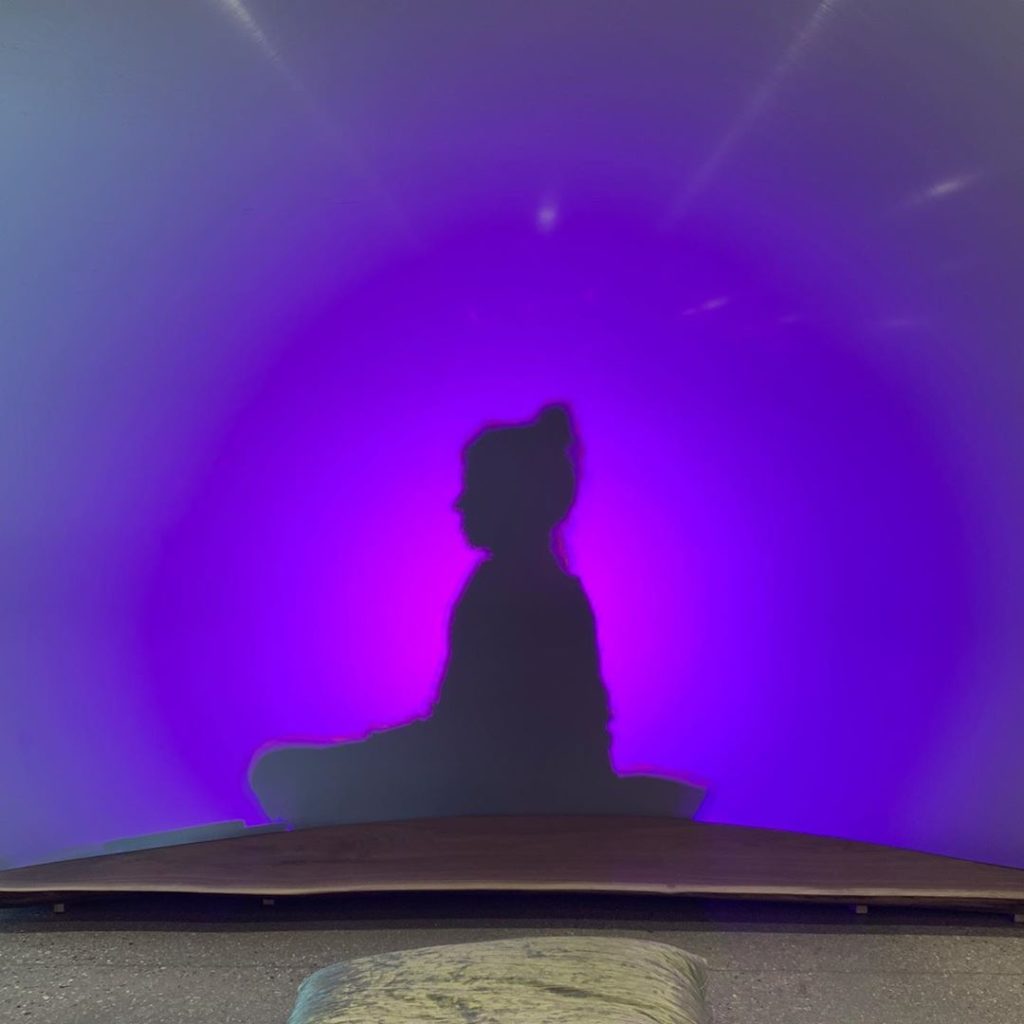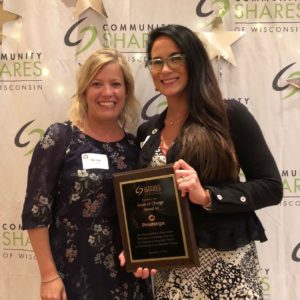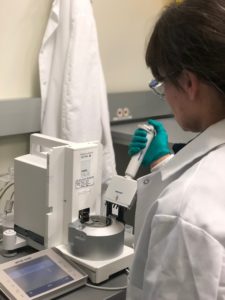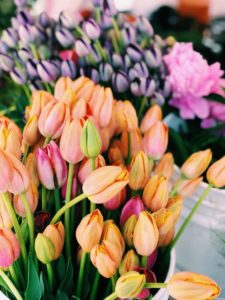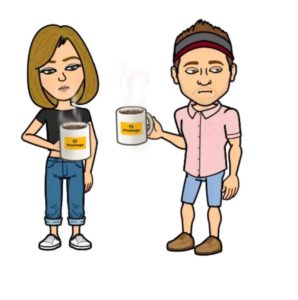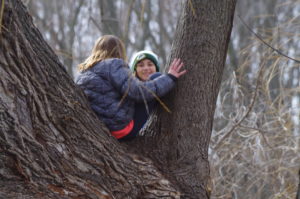This summer, I had the opportunity to go to the Marine Biological Laboratory (MBL) in Woods Hole, Massachusetts. MBL was founded in 1888 as an institution that focuses on research and education. Woods Hole is located on Cape Cod and has rich biodiversity that is the focus of the resident researchers and the many others that travel there each summer. It was here that new model organisms were discovered, allowing significant advancement in various fields. For example, squid have large axons that allowed researchers to expand our knowledge of neurons.
Over 500 scientists from over 300 institutions in over 30 countries come to MBL each year as trainees1. There are 19 advanced research training courses for pre-and post-doctoral scientists in development, reproduction, cell physiology, microbiology, infectious disease, neuroscience, and microscopy. Faculty that teach the courses are leaders in their respective fields. In addition, MBL has a neuro-physiology fellowship program through the Grass Foundation that allows early-stage researchers to come to MBL for 14 weeks to do research.
Continue reading “Promega Scientists Helping Researchers and Students at the Marine Biological Laboratory”